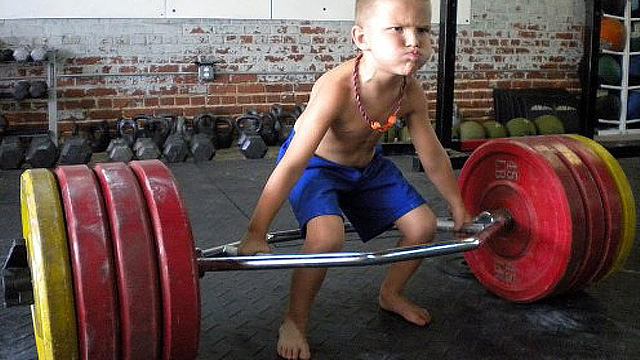
Maybe one day, Drew Barrymore…
They are hilariously and often terrifyingly depicted in movies, TV shows, books, etc. To find and meet them would be to shatter all previous conceptions of human life, religion, space, technology, and societal structure. They tried to abduct me from my bedroom when I was nine years old. Of course, I’m alluding to aliens! (Disclaimer: I was never abducted by alien lifeforms when I was nine, nor have I ever been the victim of an alien species extraction of a human being. Since the dawn of mankind, there has always been a fascination with extraterrestrial species and they’re involvement in human evolution. Today, we will explore the likelihood of a real alien-human encounter.
Aliens are portrayed in various manners in our popular culture, ranging from evil (Alien) to innocent, friendly, and loving (E.T.). Realistically, these portrayals of alien lifeforms are most likely wildly inaccurate. To find alien lifeforms on a distant planet is not the same as finding intelligent life on another planet. This raises other questions about the age of the universe, the rate of time-space evolution, which is the consistency of time throughout the universe. Furthermore, to assume all life becomes intelligent with evolution over time is unlikely. There is a greater chance that evolution facilitates random changes in genomes. Very basic life has numerous potential future forms, one being intelligence as humans have come to know. Earth was not ideal for intelligent life to form as it took 2.5 billion years to go from single cell organisms to multi-cell organisms– the foundation for intelligent life (Hawking). I would prefer to encounter intelligent life, therefore this blog will be devoted to the probability of an encounter with an extraterrestrial civilization.
To nobody’s surprise, calculating the probability of extraterrestrial life is extremely daunting and has probably caused countless headaches since scientists began calculating. Life is unpredictable. Catastrophes occur that wipe out entire species (E.g. Dinosaurs) and planets may not support multi-cellular organisms. Therefore, there is a lot of room for error in the calculations.
The Drake Equation
In 1961, Dr. Frank Drake created a mathematical equation that estimates the number of technological civilizations that could exist in the galaxy. While there isn’t a solution to the equation, the equation is useful for estimation because it encompasses the variables that go into the development of life.

N = The number of civilizations in The Milky Way Galaxy whose electromagnetic emissions are detectable.
R* = The rate of formation of stars suitable for the development of intelligent life.
fp = The fraction of those stars with planetary systems.
ne = The number of planets, per solar system, with an environment suitable for life.
fl = The fraction of suitable planets on which life actually appears.
fi = The fraction of life bearing planets on which intelligent life emerges.
fc = The fraction of civilizations that develop a technology that releases detectable signs of their existence into space.
L = The length of time such civilizations release detectable signals into space.
(“The Drake Equation”)
It is widely agreed upon that the R* variable is 4 stars/year, which is the most certain variable. The least certain variable is L, the length of time civilizations remain detectable. This time to could range from 10 to 10 million years. Variable ne is estimated to be .25 because our solar system is used as a model. Therefore, by plugging in best estimates for variables, a Drake Equation calculation could be N = 4 x 0.5 x 0.25 x 0.2 x 0.2 x 0.2 x 3,000,000. After multiplying, the product N is 12,000, meaning there are 12,000 civilizations in the galaxy. Drake predicted there were 10,000 alien civilizations in our galaxy (Harris).
However, if there were actually 10,000-12,000 alien civilizations, there should have been an interaction by now; this is known as the Fermi Paradox. Recent astronomers have become more conservative with their estimates, especially for the length of detectable time of a civilization. After tweaking the numbers, astronomers now believe there to be 3 to 4 civilizations with intelligent life in our galaxy (Harris). However, I will remain optimistic as there are billions of galaxies in the universe. Until we develop the technology to explore deep space, we play the waiting game, hoping to hear a glimpse of intelligence from outer space.

Works Cited
“The Drake Equation.” SETI Institute. SETI Institute, n.d. Web. 22 Oct. 2014.
Harris, William. “What Are the Odds There Is Life in Outer Space?”HowStuffWorks. HowStuffWorks.com, 11 Aug. 2008. Web. 23 Oct. 2014.
Hawking, Stephen. “Life in the Universe.” Hawking.org.uk. Stephen Hawking, n.d. Web. 24 Oct. 2014.










